I look at all this history, architecture, art, archaeology, and all that I can think of is, Zombies couldn’t get you there.
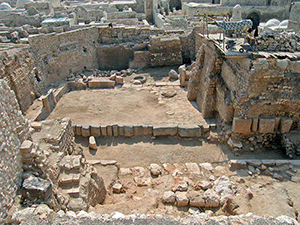
Temple of the Storm God - Archaeology, November 2009
A 5,000-year-old sanctuary emerges - The remains of a Bronze Age temple dedicated to
the storm god Adda were discovered beneath Aleppo's Ottoman citadel.
...it was first constructed by Early Bronze Age peoples, then rebuilt by a succession of cultures,
including the Hittites, the Indo-European empire-builders whose domain spread from Anatolia
to northern Syria in the 14th century B.C. Through the millennia, as Syrian, Anatolian, and
Mesopotamian cultures mixed and blurred at this ancient crossroads, Adda was known variously
as Addu, Teshup, Tarhunta, and Hadad. But as artistic styles and languages came and went,
the storm god's temple endured.
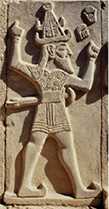 <>
<>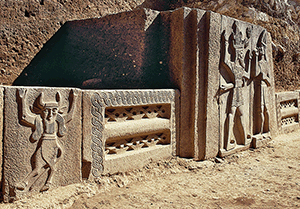
Among the reliefs excavated at the site are 14th-century B.C. depictions of Adda (left)
and fantastical beasts such as a half-man half-bull.
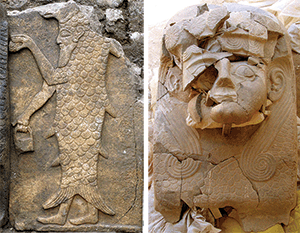
A 14th-century B.C. relief depicts a "fish-man" carrying a pinecone and bucket, symbols
of purification. The head of a sphinx from the same period resembles those found in
the Hittite cities Hattusa and Alaca Höyük in north-central Turkey.
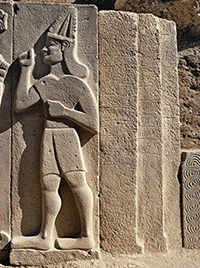
Inscriptions found next to this relief identify the figure as "Taita," ruler of the Patasatini,
who may be the Philistines, often associated with the "Sea Peoples" who ravaged the
Mediterranean world in the 12th century B.C.
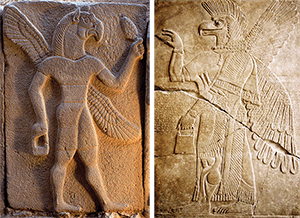
A half-man, half-bird frieze from Aleppo dating to 900 B.C. (left) could have been a model for
artists working 30 years later on the famous reliefs at the Assyrian city of Nimrud.
Photos by Kay Kohlmeyer


 <>
<>


